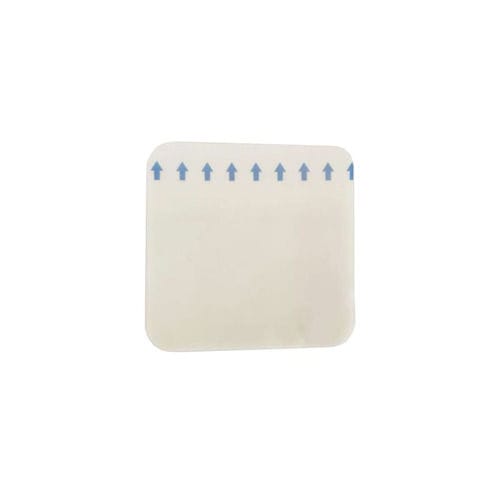
- Medical Consumables
- Healthcare and diagnostic consumables
- Breathable wound dressing
- Shandong Xingzhicheng Biotechnology Co Ltd

- Products
- Catalogs
- News & Trends
- Exhibitions
Breathable wound dressing Hydrocolloid absorbant
Add to favorites
Compare this product
Characteristics
- Option
- breathable, absorbant
Description
Hydrocolloid wound dressing is classified into PU type and autohesion type. The PU type consists of an outer substrate layer, a hydrocolloid matrix and a protection layer. The autohesion type consists of an outer substrate layer, a hydrocolloid matrix, an adhesion layer and a protective layer.
Application and features
1. The hydrocolloid absorbs wounds exudate and forms gel to keep wounds wet and expedite wound healing.
2. Super absorption of wounds exudate to reduce dressing change
3. Color indicating system to indicate replacement timing
4. Surface semi-transparent membrane, breathable and waterproof, block external bacteria invasion
5. Good elasticity, self-adhesive, strong applicability, easy to fix, edge not easy to roll up
6. It can be cut to required size fitting wound as required.
7. Hydrocolloid protects wounds, is easy to remove without sticking to wounds, no cause secondary injury, no pain and reduce scar formation
Models and sizes
◇ Autohesion type, various sizes among (3~10)cm×(3~30)cm
◇ Adsorbent type, various sizes among (3~10)cm×(3~30)cm
Clinical cases
All clinical surgical wounds, particularly applicable to chronic refractory wounds, complex and time-consuming tissue regeneration treatment and prevention
◇ Various types of low to moderate exudate wounds
◇ Venous and arterial ulcers of the lower extremities
◇ Bedsores and pressure sores stage I-II, diabetic festering
◇ Burns stage II and skin donor area wounds
◇ Prevention and treatment of various types of venous inflammation
◇ Paediatrics department
◇ Oncology department etc.
Other Shandong Xingzhicheng Biotechnology Co Ltd products
Wound dressing
*Prices are pre-tax. They exclude delivery charges and customs duties and do not include additional charges for installation or activation options. Prices are indicative only and may vary by country, with changes to the cost of raw materials and exchange rates.




